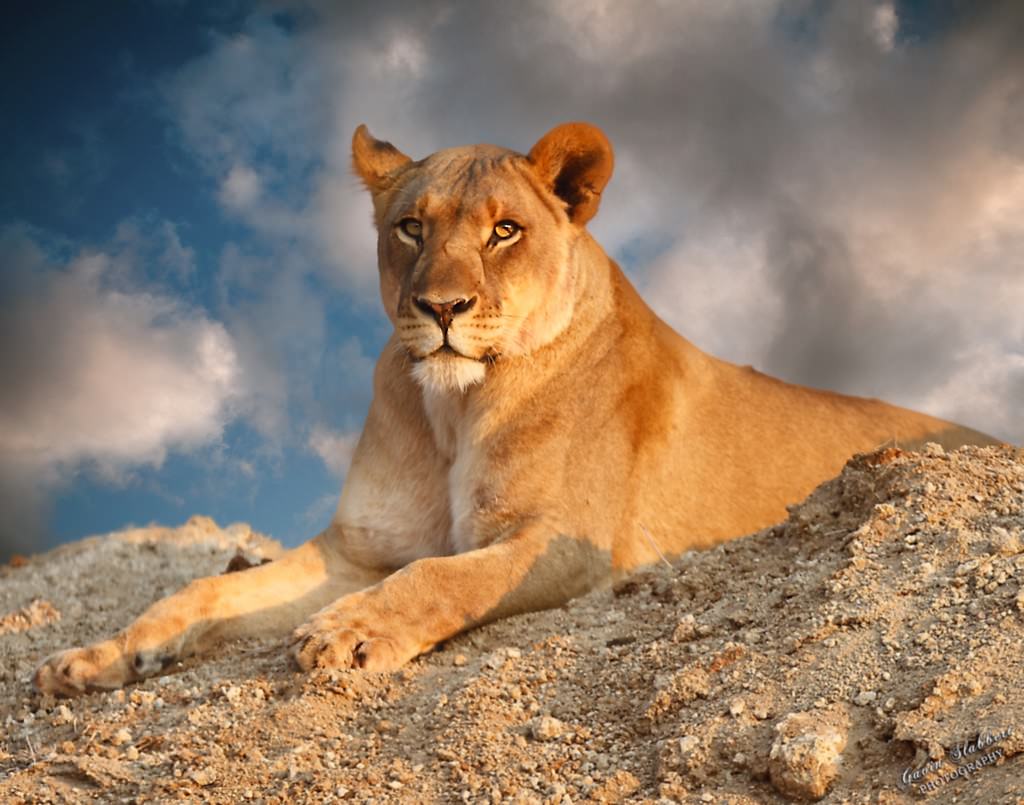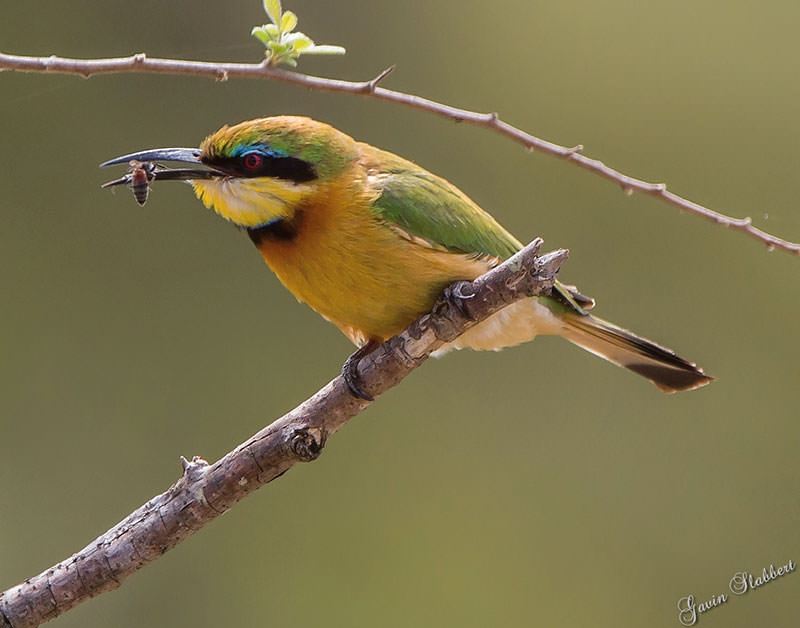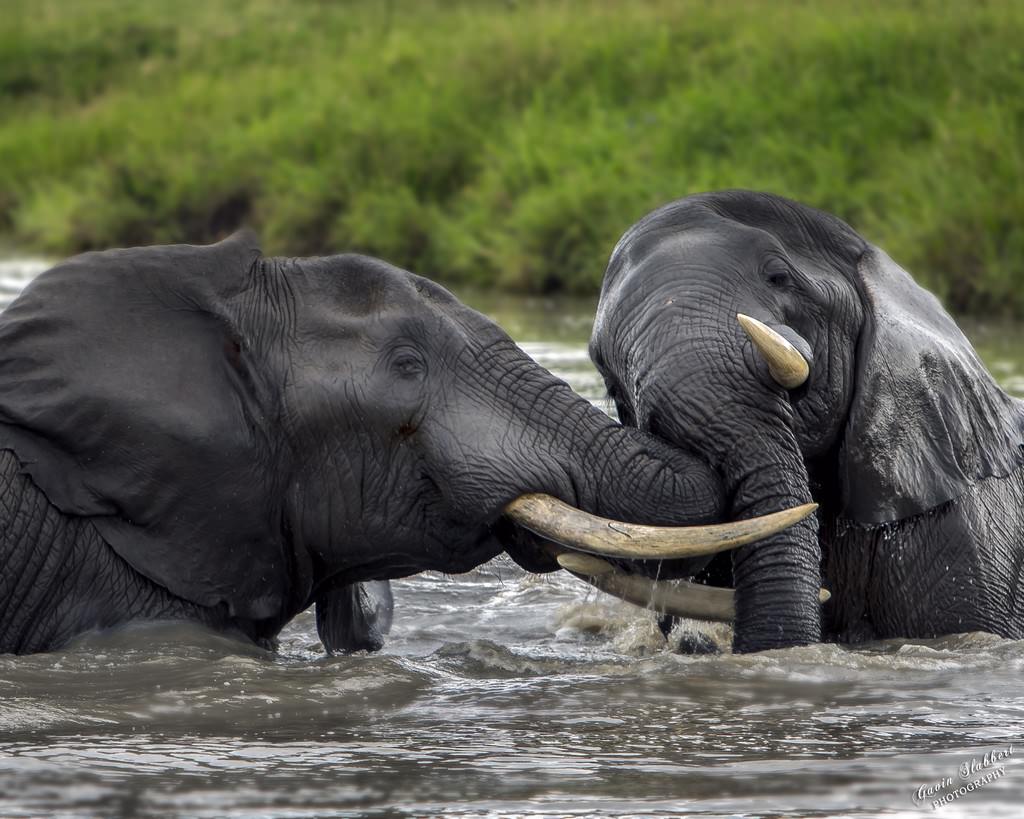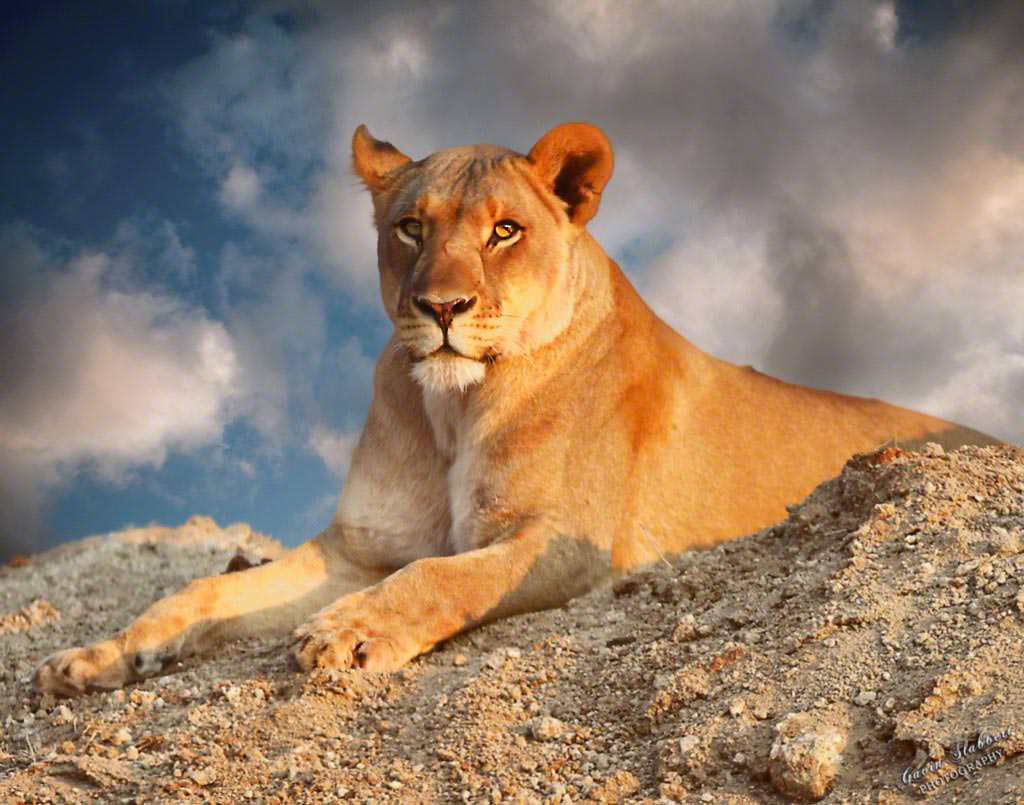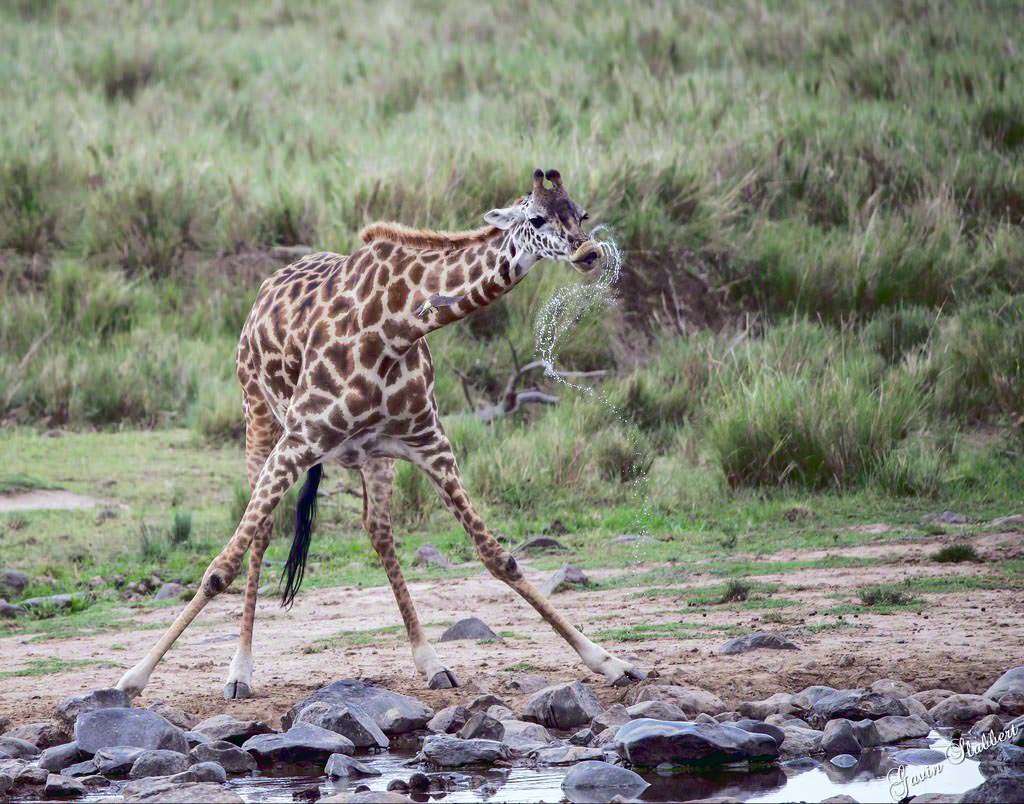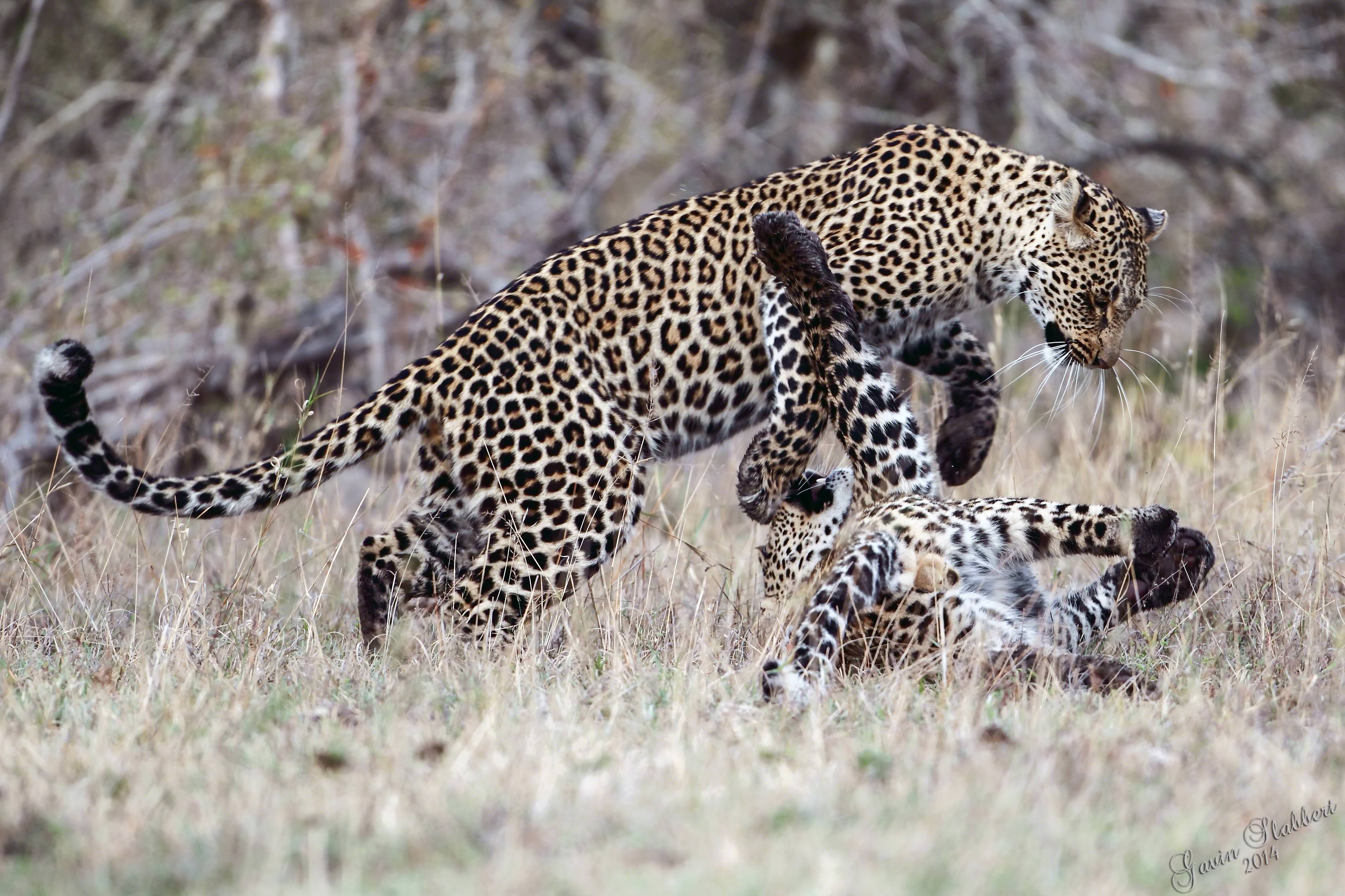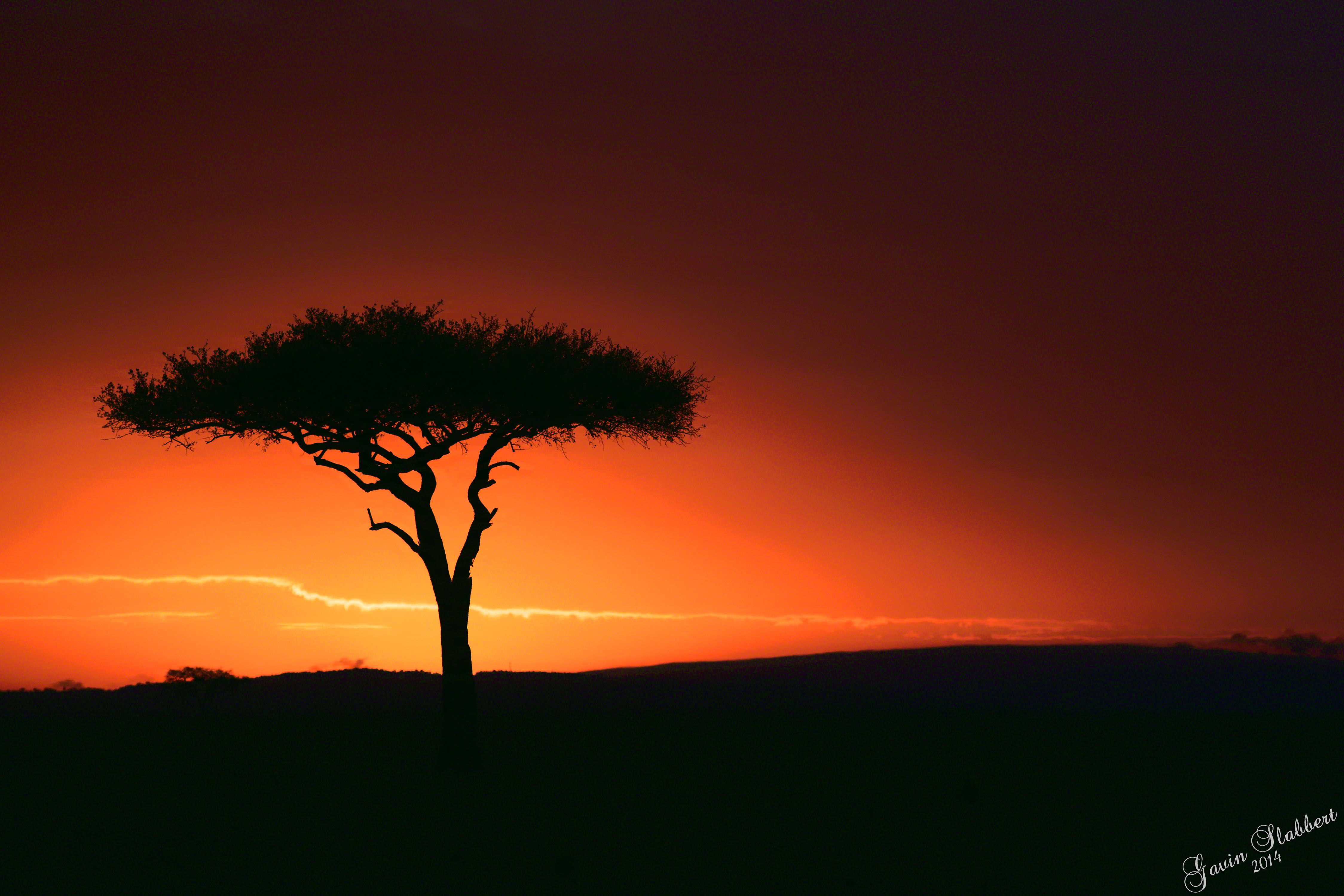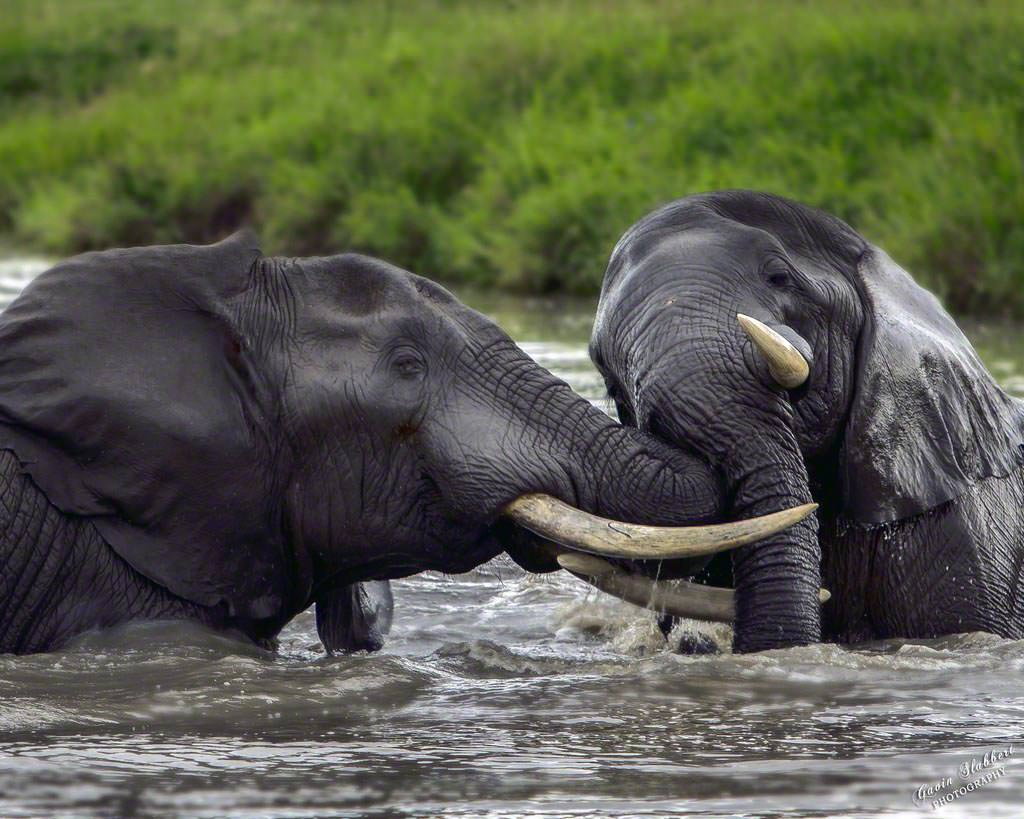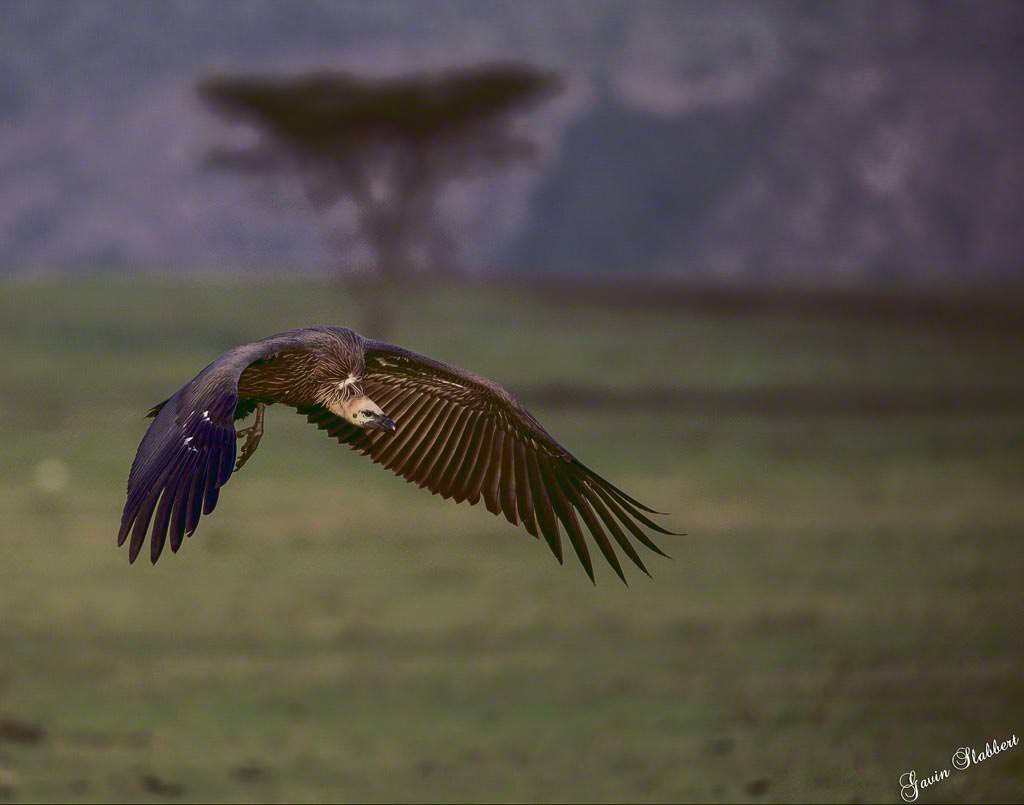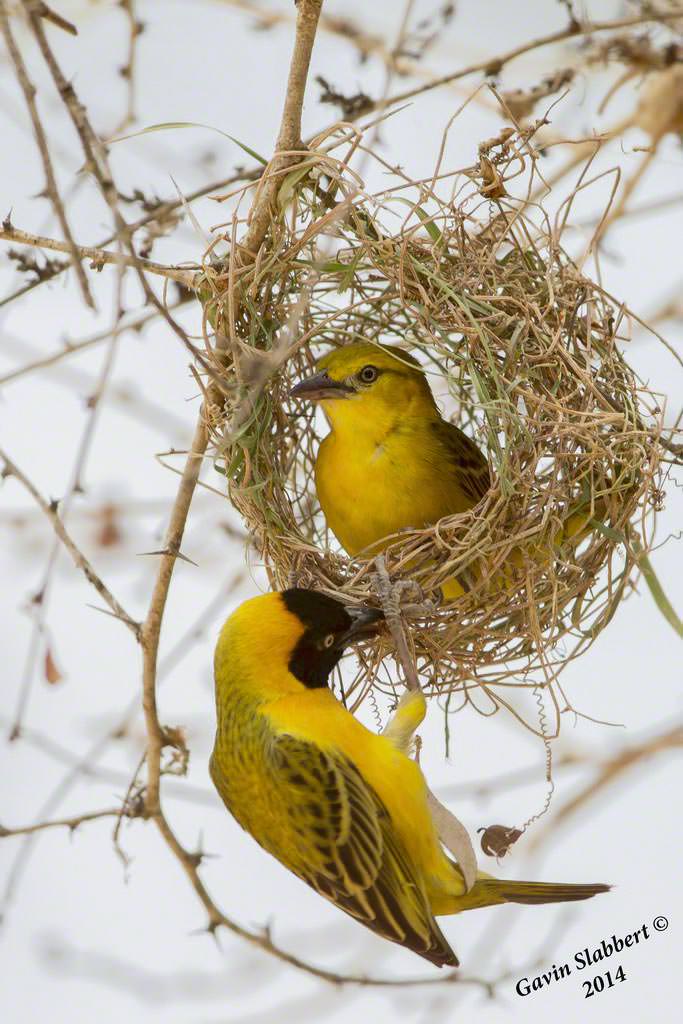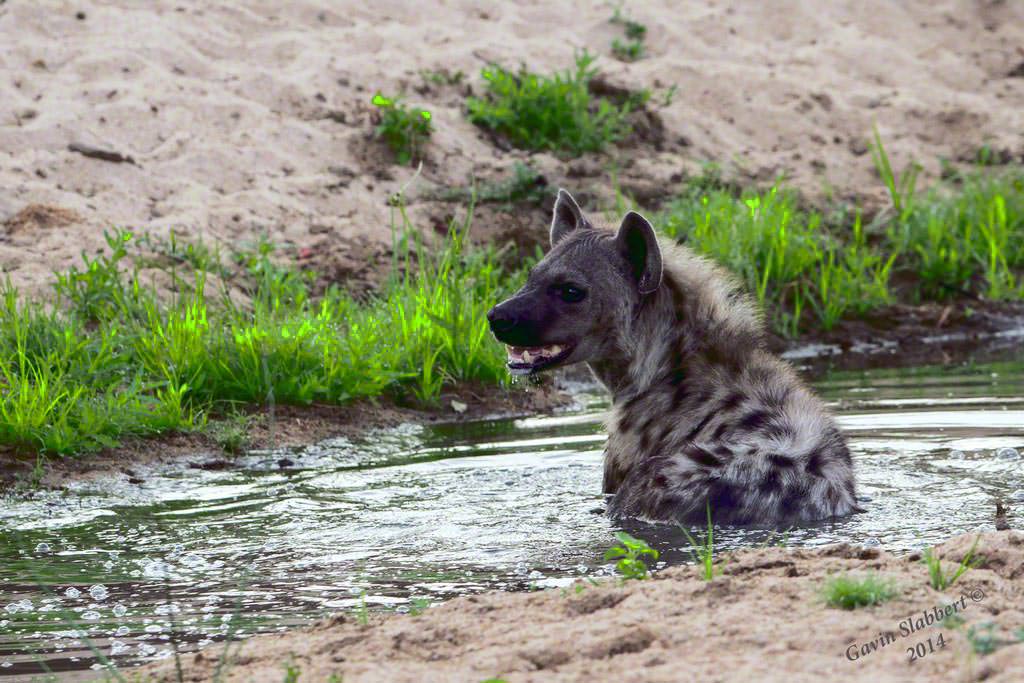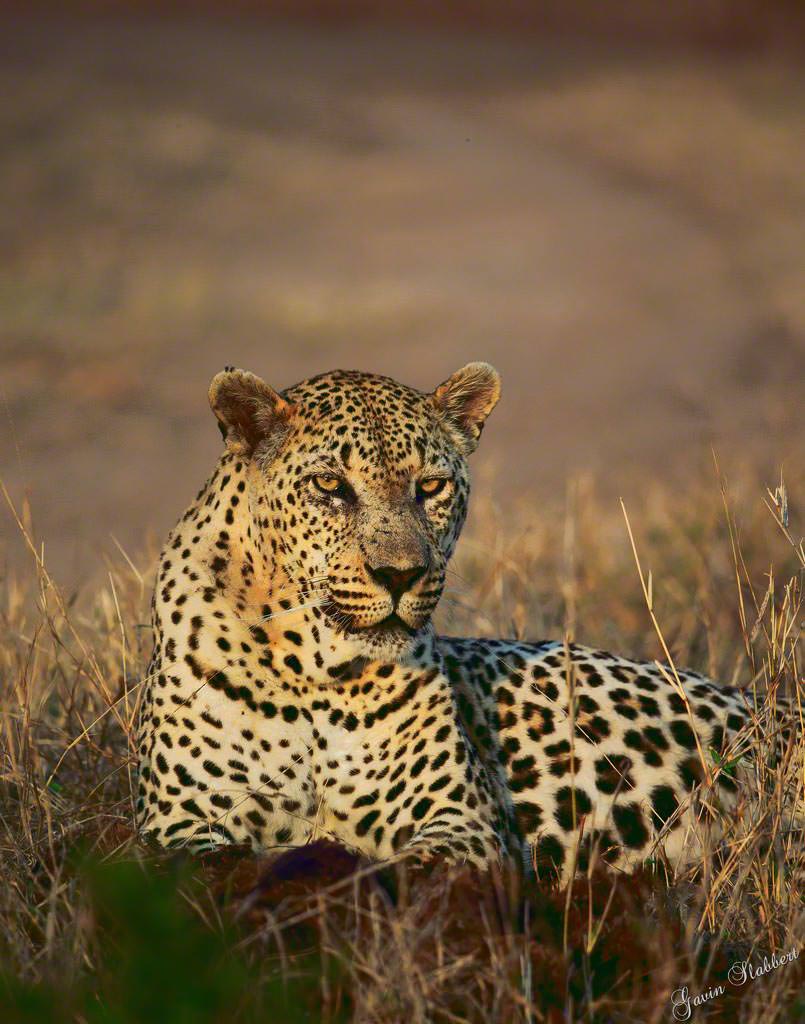
Learn & Explore Series Episode 108
"Images in Africa Safaris"

 Did You Know?
Did You Know?
All elephants are presumed to have tusks, but there is a large population of elephant in Addo Elephant Park (over 257) that are tuskless. Further, there is some documentation that states that some bull and cow Elephants are evolving to be tuskless, and the speculation is that this is happening for survival reasons. (Possibly due to human poaching, plus Genetic Drift)

 Did You Know?
Did You Know?
Elephants are similar to humans in that they are either left side or right side dominant. Look at the direction an elephant will curl its trunk, some to the left and some to the right. Also look at the tusks, one tusk is sharp and one is typically worn, this indicates that the worn tusk is the digging tusk and you will see that on the left or right side. The dominant tusk is known as the Master Tusk.

 Did You Know?
Did You Know?
All giraffe have a nuchal ligament which starts at the base of the skull and ends at the base of the tail. When drinking giraffe stretch this tendon and when the need to stand up they relax it, causing the head to snap up, causing water to come flying out of its mouth. Hence the image of the giraffe that I sent you with the water trail. Knowing this fact helps to get different and iconic giraffe images.

Questions covered in the above interview:
- Let’s start off with the very basics about Images in Africa Safaris, what is it?
- If you have listened to your show, you’ll know we love jumping into the ‘way back machine’, Gavin if you would, take us back to the day that you decided to start this company. When you woke up that day, what was the reason for starting this company?
- Now when you started this company, you had a certain audience or shall we say avatar you wanted to attract, can you share with us who this person is?
- How many of these workshops do you conduct each year?
- Can you expound a little on the dates, and is there such thing as ‘best time to visit’?
- How many guest do you permit on each of these workshops?
- What sort of accommodations and meals do these workshops offer?
- As a visitor, typically what sort of wild life can one expect to see and photograph here?
- What do you feel are some winning attributes about your workshops that separates the guest experience from other options on the market?
- For someone who has never traveled to Africa before and is considering attending a workshop, what advice do you have for them?
- Who’s running the show during one of these workshops? (Great place to open up about where you are from, segue into “this is the country you grew up in” direction)
- Now past guest who have attended your workshops, what did they enjoy the most about their experience?
- To attend one of your workshops, can you walk us through the process of registering?
- Now do you provide a ‘getting ready checklist’ for first timers?
- Final Question Gavin: What is the ONE word that best describes these workshops?
1. The true photography vehicle. These are far and few and they provide simply the best opportunity for wildlife photography. They typically seat 7 persons (usually 4 photographers and 2 non Photographers) and this is the most that we would ever put into a vehicle, and it is simply due to the configuration and the clean view and ability to shoot wildlife and birds. Typically they have a seat that swivels 360 degrees, has a post that has a hydraulic arm and a Wimberley head so that it is easier to work with big lenses. There are no sides, there is no canopy and there are no posts to get in the way images. The only place that I have ever seen vehicles in this configuration is in Sabi Sands South Africa, and you have to pay additional costs to book one of these vehicles and they are not available to anyone going on their own as it takes a group booking to obtain one of these vehicle.

My clients shooting a Leopard from a photography customized Vehicle in Sabi Sand South Africa
2. My 2nd preferred vehicle is the vehicle that has bench seats and seats 9 persons in 3 rows. This vehicle is exactly the same as the photography vehicle but does not have the photography seats and these are the standard game drive vehicle in Sabi Sand, plus we see some in Botswana and Namibia as well. We NEVER put more than 5 persons in a vehicle like this and typically our seating would be Spouse and Partner, in 2 of the rows, and a single in the 3rd row.

Clients Crossing the Sand River Mala Mala South Africa
3. The 3rd configuration is seen in the Serengeti, Namibia, Maasai Mara and Botswana, and that is the 9 seater, but with open sides but with a canopy on top. These vehicles are just OK in my book when it comes to photography as the darned canopy posts are continually getting in the way. Especially if you are panning. You need a good ranger to continually relocate the vehicle and it makes for difficult shooting if you are on the side of the vehicle away from the critter. They all seat 9 persons, in 3 rows, though I have seen the rare vehicle that will only seat 6

Open sided Serengeti & Maasai Mara Vehicle
4. Then unique to the Serengeti and the Mara is the 6 seater in 3 rows that either has no window but sides or sides and windows, with a pop top. These to me are the WORST vehicles imaginable as you have to stand and shoot through the pop top, where you are shooting down at your critters and you get zoo like images many times. I like to be able to get as close to eye level as is possible, and certainly in none of the vehicles mentioned is that possible, but these pop top vehicle provide the worst shooting angle by far. I will not book a lodge that has these vehicles for it is not fair to my clients and photographers.


